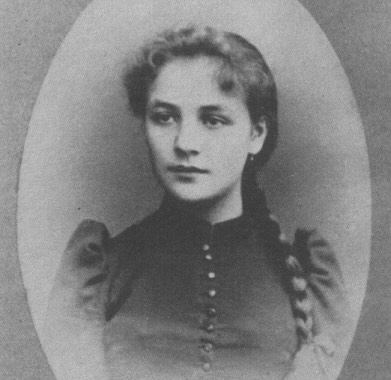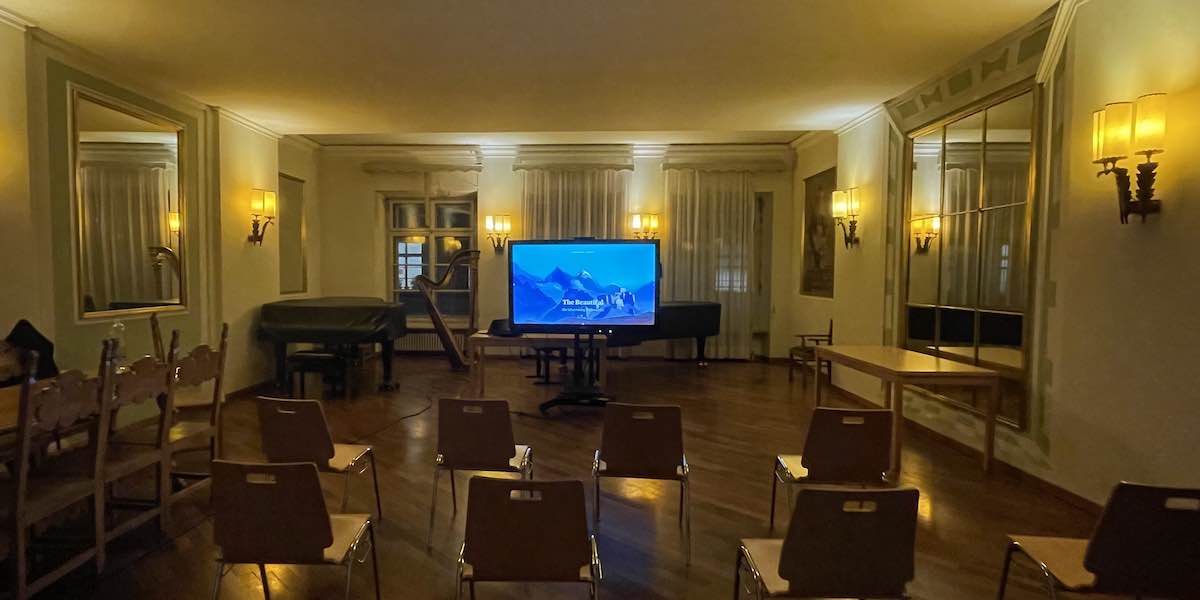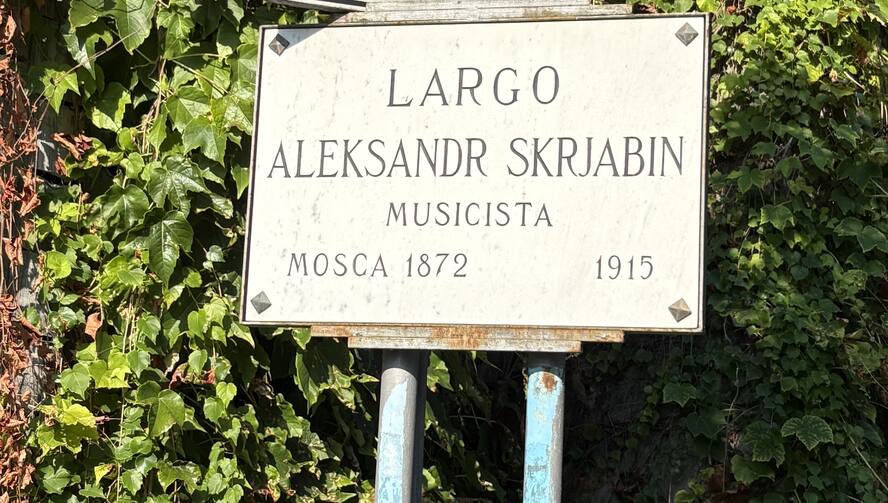Scriabin Club – March 2025 Meeting Summary
The Scriabin Club convened for its March meeting on March 2nd, 2025, at 8:00 PM CET, bringing together members from around the world for another engaging discussion on the life and music of Alexander Scriabin.
Exploring Scriabin’s Preludes Op. 11
This session centered around an in-depth discussion on Scriabin’s 24 Preludes, Op. 11, initiated by our U.S.-based member Mary Doane. We were honored to welcome Simon Nicholls from the U.K., co-chairman of the Scriabin Association, renowned for his academic contributions to Scriabin scholarship.
It is well known that Scriabin’s Op. 11 Preludes are written in all 12 major and minor keys, following the tradition of Chopin’s 24 Preludes, Op. 28. However, an intriguing discovery emerged during our discussion: Scriabin almost composed an additional set of 24 preludes, though spread across multiple opus numbers: By examining Op. 13, Op. 15, Op. 16, and Op. 17, nearly all 24 keys appear. The sharp keys (right side of the circle of fifths) are fully represented and even ordered systematically by ascending sharps. However, on the flat side (left side of the circle of fifths), some keys are missing.
This observation raises the question: was Scriabin’s omission of certain “darker” keys, such as F minor and C minor, intentional? Given Scriabin’s known synesthetic and philosophical associations with keys, this possibility offers fertile ground for further exploration.
Key, Mood, and Scriabin’s Creative Process
Scriabin’s preference for certain keys was deeply personal, linked to the Russian concept of настроение (nastrojenie), meaning mood or emotional atmosphere. He expressed frustration in his correspondence with publisher M.P. Beliaev, lamenting the forced composition in keys that did not inspire him. Simon Nicholls aptly described Beliaev’s editorial approach as a “carrot and stick” method—persuading Scriabin while keeping him grounded in reality.
Another compelling idea arose: Scriabin often composed a set of Preludes before embarking on a major work. From this perspective, his final set, Op. 74, was not a conclusion but rather the prelude to something greater—the embryonic stages of his grand Mysterium, which remained unfinished at his death.
Scriabin’s First Love and the Preludes Op. 11

A particularly thought-provoking project was introduced by Mary Doane, who is reinterpreting Op. 11 from the perspective of Scriabin’s first love, Natalya Sekerina (Наталья Секерина).
As confirmed by Nicholls, their relationship was significant: Scriabin, at age 20, met Natalya when she was only 15. When she turned 18, he proposed to her at the age of 23. However, her family initially rejected the marriage, and later, to Scriabin’s deep heartbreak, so did Natalya herself.
Despite the rejection, her affection for Scriabin never faded. She later reflected, after Scriabin’s passing, that she still loved him—feeling unworthy in comparison to his genius.
One particularly touching moment from their time together took place one winter when Scriabin was caring for Natalya. They went ice skating, though Scriabin, unable to skate, had to sit on a chair as Natalya pushed him across the ice. This scene, described by Nicholls, happened at Patriarch’s Ponds (Патриаршие пруды)—a place later made famous in Bulgakov’s novel The Master and Margarita. While drawing symbolic connections may be speculative, the coincidence is nonetheless intriguing.
Following this period, Scriabin entered a melancholic state, overworked his right hand, and composed his Piano Sonata No. 1, Op. 6, in F minor, featuring a funeral march. He later avoided playing this work, almost as if it contained something ominous.
Mary Doane’s project sheds new light on Op. 11, suggesting that knowing Scriabin’s personal backstory deepens the emotional experience of these preludes. This fresh approach to interpretation is a powerful reminder of the deep connection between life and music.
One cannot help but wonder: what could have happened if Scriabin and Natalya had been able to stay together? Would his music have taken a different path?
Interpretation, Tempo, and Romantic Performance
Another key discussion point was pianistic interpretation and tempo choices.
We mentioned recordings of Op. 11 by Mikhail Pletnev, Matthieu Idmtal, and Zarafiants, considering how slower, more expressive interpretations can enhance the music’s depth. Modern pianists often favor fast, precise performances, yet romantic flexibility and rubato—hallmarks of pianists like Vladimir Sofronitsky—offer a different kind of beauty.
Perhaps the art of romantic, free-flowing performance deserves to be revisited in today’s world.
Differences in Published Scores
We also touched upon variations in Scriabin’s published scores, particularly between:
- Soviet editions (Peters, Leipzig, East Germany)
- Modern editions (Henle)
One striking difference is that the Peters editions omitted place names indicating where Scriabin composed his works. This historical erasure, likely due to political circumstances, adds another layer of complexity to Scriabin’s legacy and the interpretation of his music.
The evolution of Scriabin’s printed music reflects the tumultuous changes the world has undergone since his passing.
Looking Ahead – April Meeting & Festival Planning
If you find these discussions intriguing, we warmly invite you to join us for our next Scriabin Club meeting on April 6th, 2025, at 8:00 PM CET.
Next month’s topics include:
- A retrospective of the 2022 Scriabin Festival, presented by our honorary member Sherry Grant, who organized the festival in collaboration with the Scriabin Society of America.
- Planning the upcoming Scriabin Festival in November 2025.
We look forward to another evening of fascinating discussions.
Martin Kaptein

